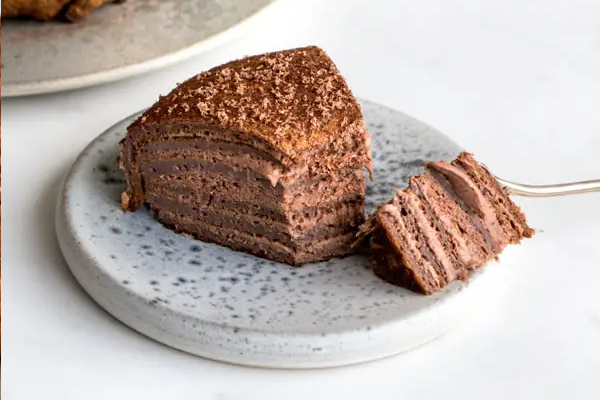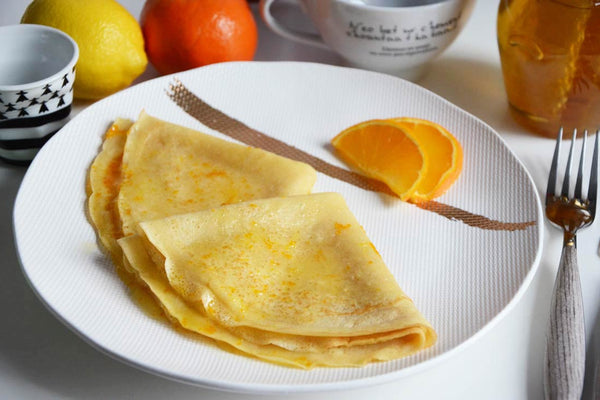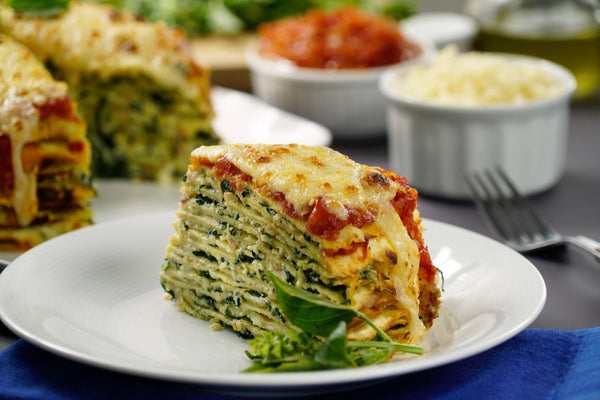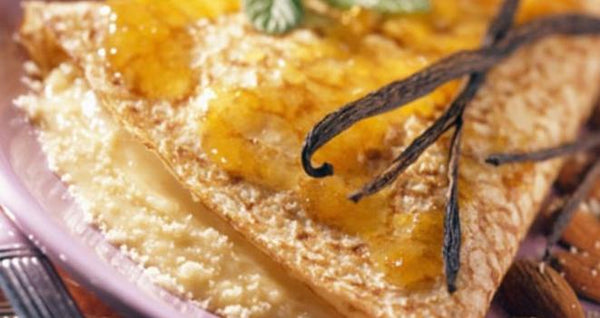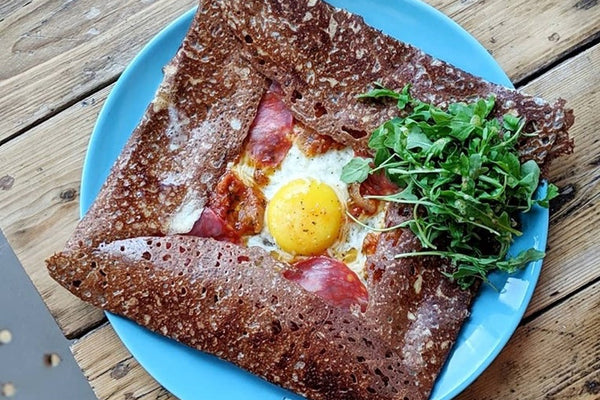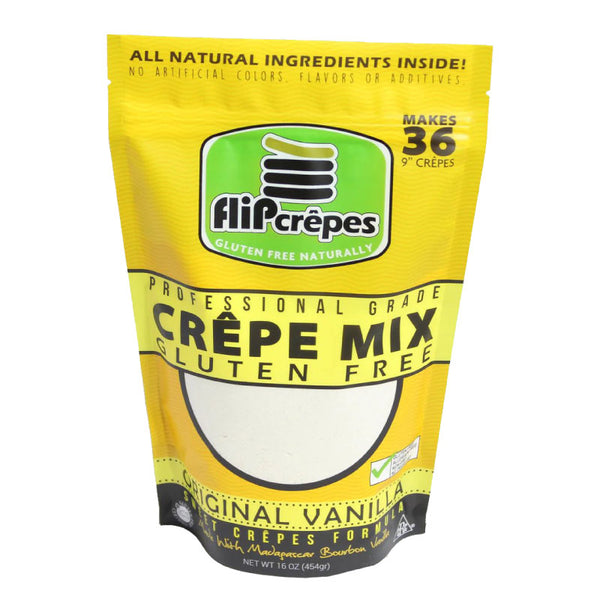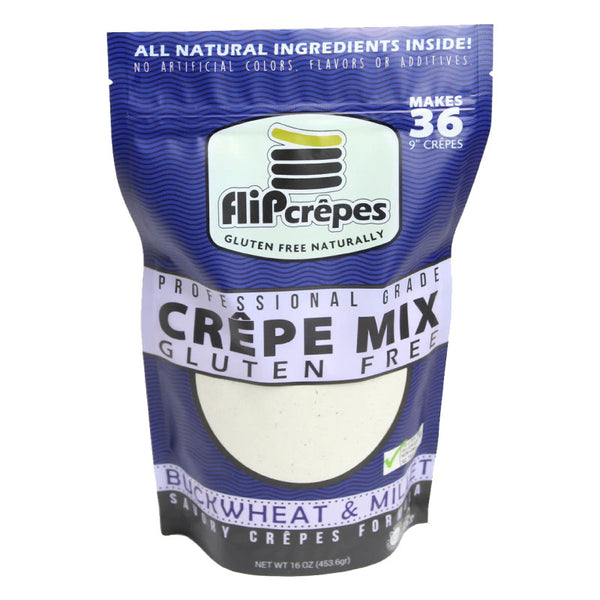The one-handed crêpe flip is a skill that takes practice to master, but once you've got it down, it can be a real showstopper. We spoke with top chefs and crêpe experts to get the inside scoop on how to perfect this impressive technique.
Step-by-Step Guide to One-Handed Crêpe Flipping
- Start with the Right Pan: The key to a successful one-handed crêpe flip is using a non-stick pan. This will ensure that the crêpe slides easily and won't stick to the surface.
- Perfect Your Batter: To achieve a smooth, thin crêpe that is easy to flip, make sure your batter is the right consistency. It should be thin enough to spread easily, but not so thin that it tears when you try to flip it.
- Heat the Pan: Preheat your pan over medium-high heat for a few minutes before adding the batter. You want the pan to be hot enough to cook the crêpe quickly, but not so hot that it burns.
- Pour the Batter: Once the pan is hot, pour a ladleful of batter into the center of the pan. Using the bottom of the ladle, quickly spread the batter in a circular motion to coat the bottom of the pan.
- Wait for the Edges to Curl: As the crêpe cooks, you'll see the edges start to curl up and away from the pan. This is a sign that the crêpe is ready to be flipped.
- Give it a Flick: Using your wrist, gently flick the pan up and away from you, allowing the crêpe to flip over in the air. If done correctly, the crêpe should land back in the pan, ready to cook on the other side.
- Cook the Other Side: Cook the crêpe for an additional 30 seconds to 1 minute on the other side, or until it is lightly golden brown.
Why Do Chefs Flip Crêpes with One Hand?
While the one-handed crêpe flip is certainly impressive to watch, it's also a practical technique for chefs. By flipping the crêpe with one hand, chefs are able to maintain the pan's heat and control the cooking process more easily. It also allows them to create a smooth, even crêpe without breaking it apart.
Tips from the Pros
- Practice Makes Perfect: The more you flip crêpes, the better you'll get at it. Start by practicing with a dry pan to get the motion down before adding batter.
- Don't Overthink It: The one-handed flip is all about finesse and instinct. Don't overthink the motion - let your wrist do the work.
- Use a Light Touch: When flicking the pan, use a light, quick motion to avoid launching the crêpe into the air.
- Stay Confident: Confidence is key when it comes to the one-handed crêpe flip. Believe in yourself and your abilities, and you'll be flipping crêpes like a pro in no time.
Sources & References:
- "The Art of French Pastry" by Jacquy Pfeiffer
- "Crêpes: Sweet and Savory Recipes for the Home Cook" by Lou Seibert Pappas
- Interview with Chef Dominique Ansel, James Beard Award-winning pastry chef and creator of the Cronut.
